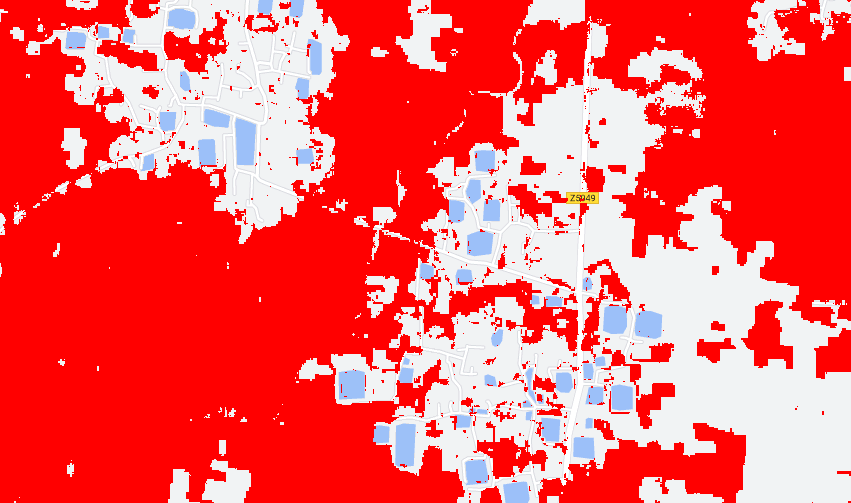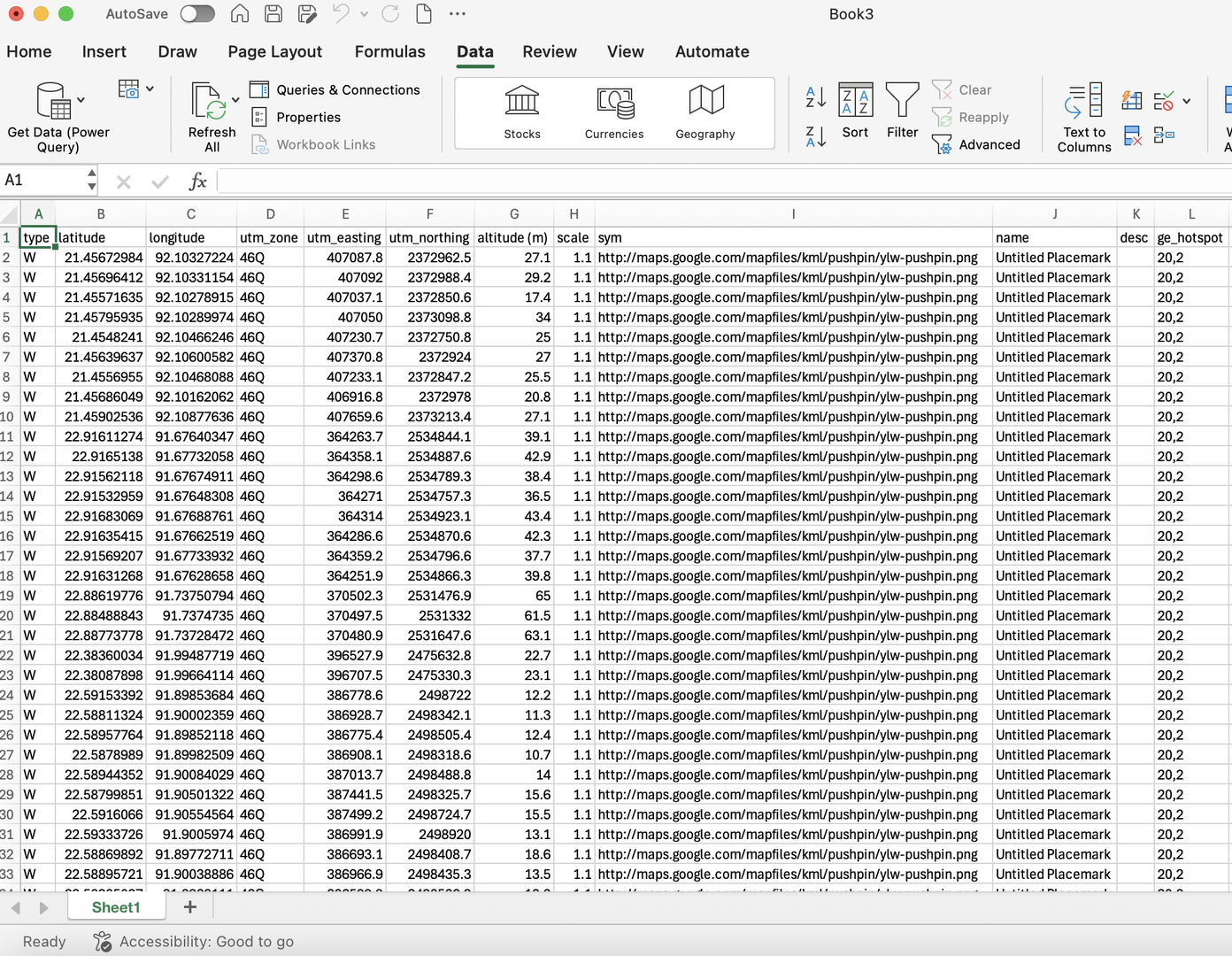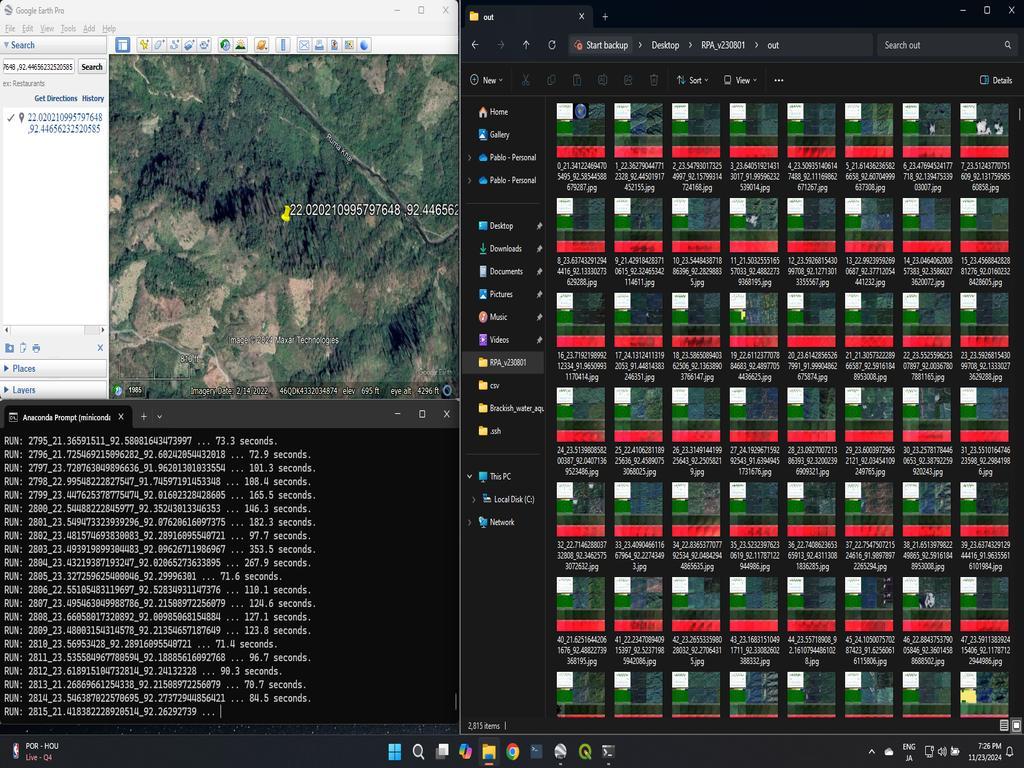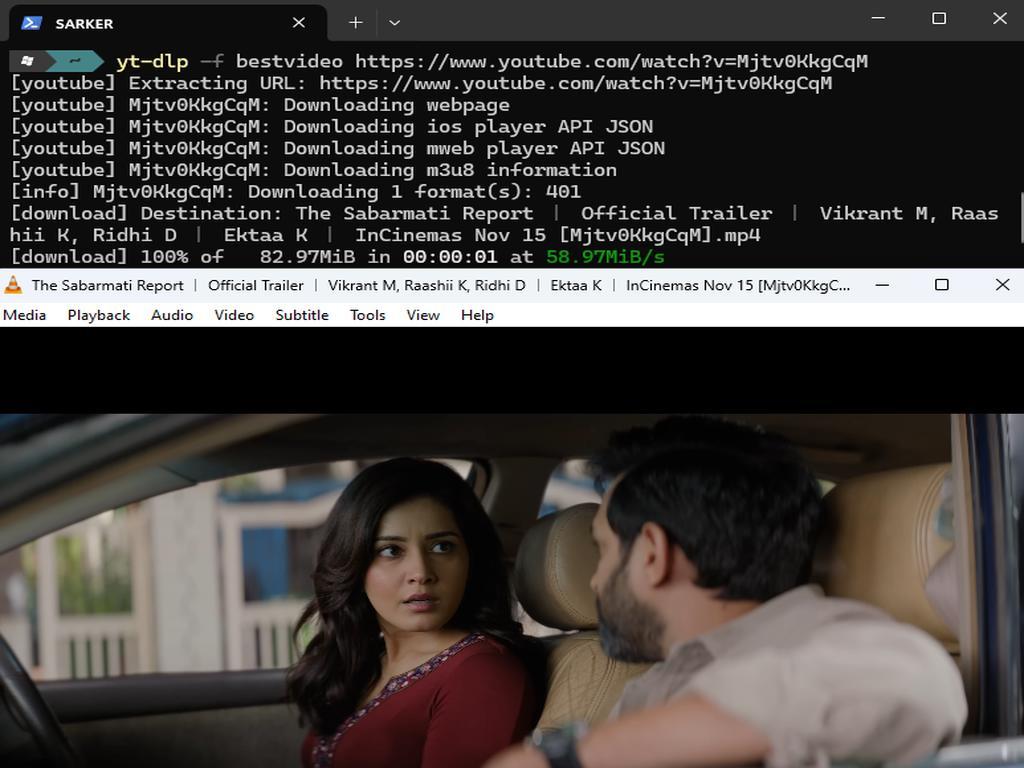
Mapping of Paddy Rice Using Sentinel-1 and 2 Time Series Data in Google Earth Engine
In this blog post, we'll explore how to use Google Earth Engine (GEE) to analyze satellite imagery. Specifically, we'll focus on calculating the Normalized Difference Vegetation Index (NDVI) and applying unsupervised clustering techniques to identify different land cover types in the Tarash Upazila of Sirajganj district, Bangladesh.
Step 1: Setting Up the Region of Interest (ROI)
First, we define our region of interest (ROI) using the administrative boundaries of Bangladesh. Here, we filter the region to focus on the Tarash Upazila in the Sirajganj district.
javascript
Copy code
var roi = bd.filter(ee.Filter.eq('DISTRICT_N', 'Sirajganj')) .filter(ee.Filter.eq('UPAZILA_NA', 'Tarash')); // Center the map on the ROI and add the layer Map.centerObject(roi, 10); Map.addLayer(roi, {}, 'roi', false);
Step 2: Defining the Time Period
We set the time period for our analysis from December 1, 2023, to May 31, 2024.
javascript
Copy code
var startDate = ee.Date('2023-12-01'); var endDate = ee.Date('2024-05-31');
Step 3: Filtering Sentinel-2 Imagery
We create an image collection of Sentinel-2 imagery for the defined period and apply a cloud cover filter to ensure we get relatively clear images.







0% Positive Review (0 Comments)